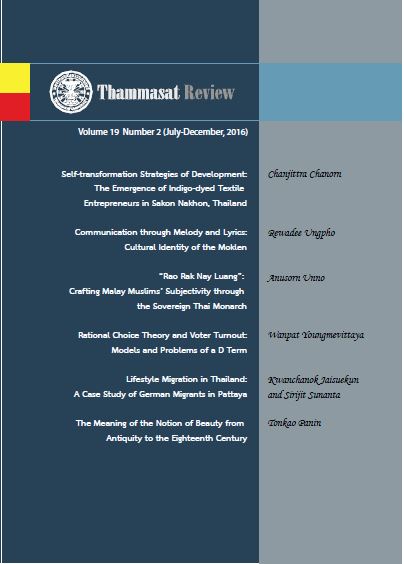The Meaning of the Notion of Beauty from Antiquity to the Eighteenth Century
Keywords:
Beauty, Venustas, Concinnitas, Leon Battista Alberti, Edmund BurkeAbstract
This paper is a study of the concept of Beauty, or Venustas from Antiquity to the eighteenth century. The concept of Venustas is one of three important principles that Roman architect and theorist Marcus Vitruvius Polio introduced in The Ten Books of Architecture during the 1st century B.C. The triad – Firmitas, Utilitas and Venustas, known today as strength, utility and beauty, had been a guiding principle in both architectural theory and practice since antiquity. This paper demonstrates that the concept of Venustas does not signify beauty, but is a paradoxical concept that represents the many facets of human life. It is a concept that is best viewed through an understanding of different modes of opposition in the philosophy and myths of antiquity, both good and bad, love and hate, admiration and fear. The paper is thus a study of the concept of beauty within the framework of polarity and unity through the myths of Venus, the goddess. Starting from early Greek philosophy, the paper will continue its investigation in the Renaissance notion of beauty in relation to the myths of antiquity, as well as in the 18th century’s vision of beauty through the work of Edmund Burke, A Philosophical Enquiry into the Origin of Our Idea of the Sublime and Beautiful (1757), and will conclude with the notion of Concinnitas, which according to Leon Battista Alberti, is the matter that springs from the rule of beauty. Through these studies, the paper hopes to introduce different visions towards the notion of beauty, unfolding the complex nature of beauty, how the ideas originated, how the various visions of beauty have come into being and how they have been transformed.
Downloads
Published
How to Cite
Issue
Section
License
The opinions and ideas expressed in all submissions published in Thammasat Review are solely that of the author(s) and do not necessarily reflect that of the editors or the editorial board.
The copyright of all articles including all written content and illustrations belong to Thammasat Review. Any individuals or organisation wishing to publish, reproduce and distribute a particular manuscript must seek permission from the journal first.






